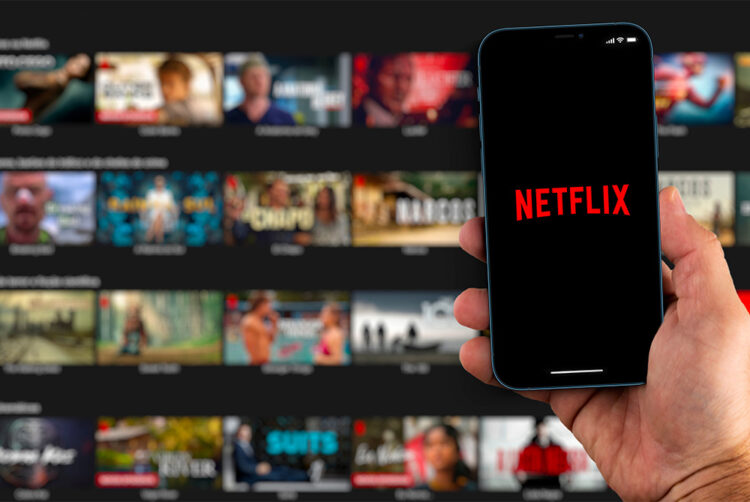More transparency is good for all TV – not just Netflix and Disney+

Opinion: Strategy Leaders
Now that the SVODs are on BARB, we’ll really be able to see whether younger Netflix viewers are the ones that do not watch linear TV at all.
There is a lot happening in the TV world. And by TV I mean any kind of content watched on the big screen at home, be it streaming via paid subscription or free to watch catch up TV, or linear TV.
Netflix and Disney+ have been shaking up the landscape for media planners now that they have and are introducing an ad-supported version of their platform, after Amazon has done that with Freevee (which is a well-hidden secret outside of the ad world I think but that is another story).
And now, BARB is reporting on actual figures of the viewership from both platforms which have always been a myth and a black box.
We know that a lot of people watch Netflix and Disney+ but what we did not know was how many exactly, who exactly and how does this interfere with broadcast TV viewing specifically, meaning how much do they actually eat up of the total reach.
Transparency is key for planners and trust
I am all for transparency in media planning. Only with transparency you — as a planner — can actually evaluate your options on the table and start planning cross channel.
Guesswork does not help anyone and does not build trust in a partner. Now, both platforms providing numbers through BARB was a necessity if they enter the ad-funded space and to compete on eye-level in a hard fought in market, if only to justify their huge CPMs (Netflix enters the market with £50 CPM).
This provides me with an understanding of the actual viewing behaviour of my target audience. If they are on Netflix, what exactly do they watch there? How can I then plan cross-TV broadcast and streaming platforms. Which content is the right context for my message that also fits to my target audience?
We have all assumed that young Netflix viewers are the ones that do not watch TV at all. Now, we have facts at hand where our audience is actually consuming all their content on their TV at home via monthly reach and share of viewing and who these viewers are, young and old.
How more SVOD transparency will help linear TV
We know that linear TV viewing times are declining, and that the young audiences can hardly be reached via linear. However, they still can be reached. They are only selected viewers.
But that is not a phenomenon thanks to streaming alone. Younger audiences have a different viewing behaviour than people heading towards middle age and beyond. Their lifestyle and priorities are different to someone who is working and/or has a family to look after.
Interestingly, monthly reach of subscriber video on demand (SVOD) or advertiser-funded VOD (AVOD) is not far off linear TV, but the distinctive factor is the average daily minutes that clearly sets linear TV apart from VOD: 158:58 minutes vs. 36:03 minutes average daily minutes in September 2022, according to BARB.
The ad-funded versions are certainly a chance to reach those hard-to-reach audiences. But, what I find more interesting is how this transparency can help linear TV.
The numbers finally are comparable and you can put the linear TV numbers in context, and vice versa. Even though linear TV viewing is declining it is still the channel with the highest time spent on a daythin, and it drives reach, and it is highly effective in driving awareness and sales in the long term. The viewing times provided through BARB proof that.
This is not to be ignored, and brands cannot just focus on the young ones. All demographics are relevant and the older they get the more buying power they have. Think about how many brands are out there that need to reach families, older couples, older singles, middle aged people etc.
Now these brands can plan much better across linear TV and streaming platforms to be more targeted with different messages for their audiences.
 Nina Franck is an independent comms and media planner
Nina Franck is an independent comms and media planner
Strategy Leaders: The Media Leader‘s weekly bulletin with thought leadership, news and analysis dedicated to excellence in commercial media strategy.
Sign up for free to ensure you stay up to date every Thursday.




